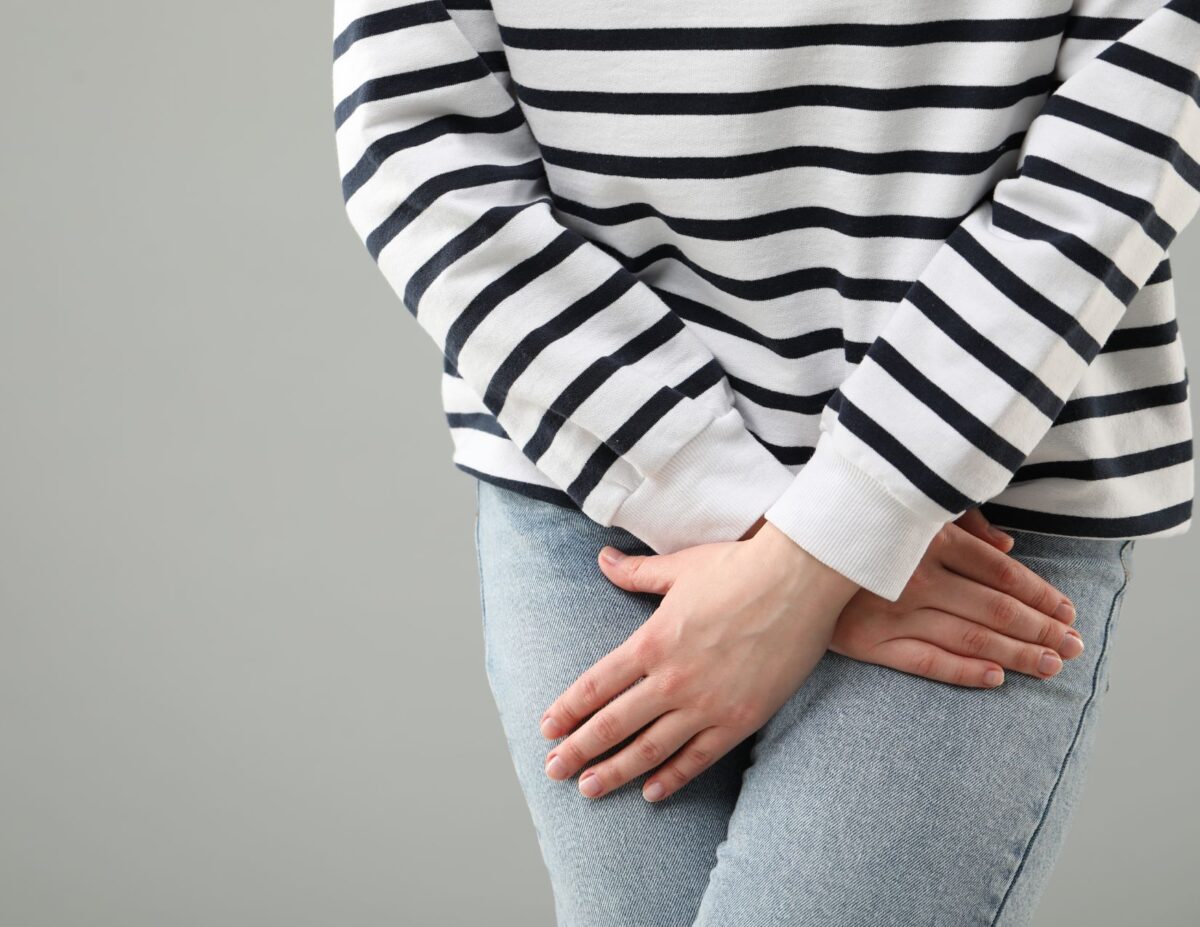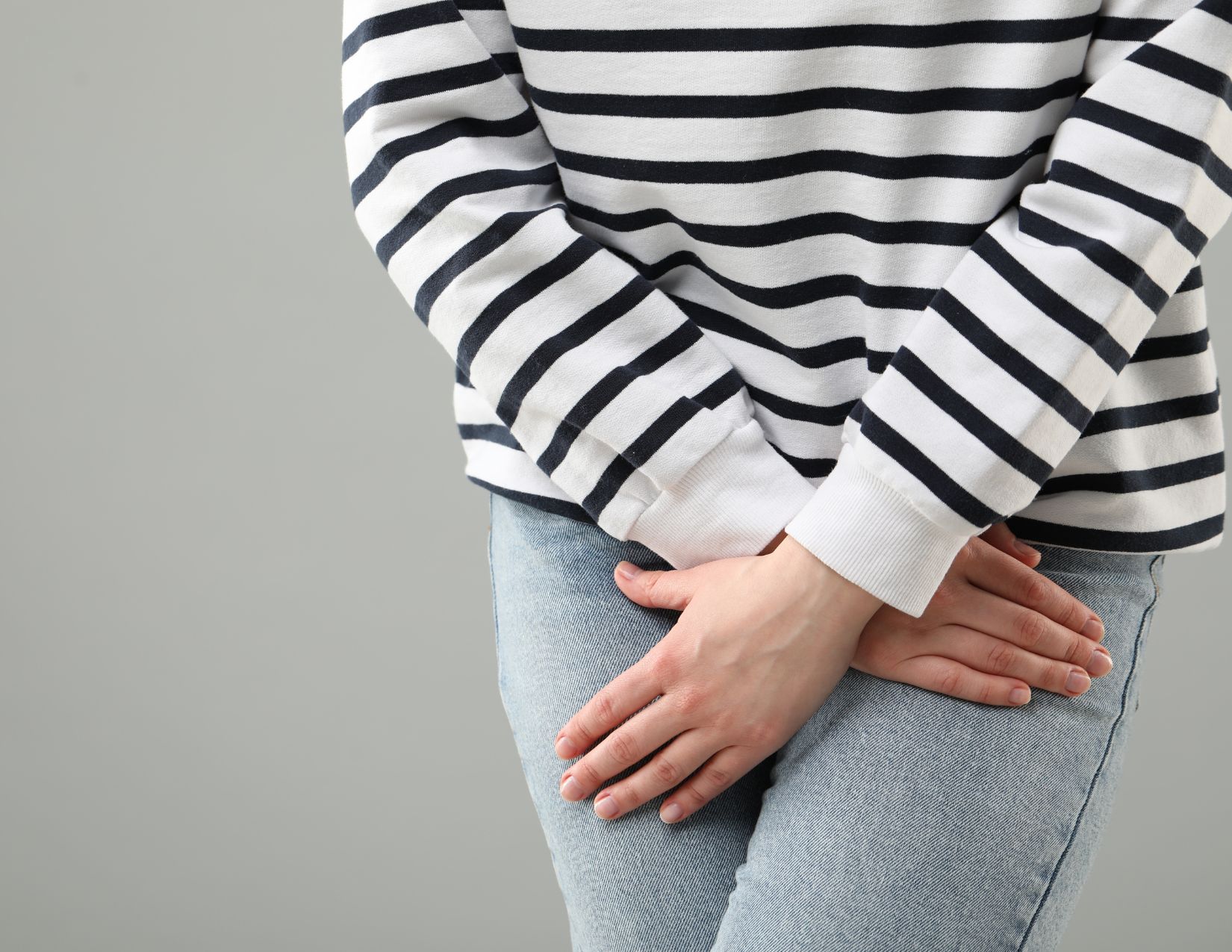Can you sneeze with confidence? Or do you start to panic a little when you feel one coming on? Can you join the fitness group doing jumping jacks or do you balk for fear of an unexpected leak? You are not alone. The World Health Organisation estimates that over 400 million people globally experience bladder control issues. At Altona Meadows Osteopathy, we believe you deserve to move and live freely without fear or embarrassment. If you are struggling with bladder control, call us today on (03) 8360 8363 to book an appointment with one of our experienced osteopaths.
Incontinence: a complex problem
Incontinence is often seen as a muscle problem — but the real picture is far more complex.
While weakness or tension in the pelvic floor muscles is a major contributor, bladder control issues can also stem from:
- Neurological conditions, such as multiple sclerosis, Parkinson’s disease, or stroke
- Bladder irritability or infections
- Hormonal changes, particularly around menopause
- Side effects of certain medications
- Prostate problems in men
- Psychological factors such as anxiety, chronic stress, or trauma
- Dietary triggers, including caffeine, alcohol, spicy foods and artificial sweeteners
Understanding the many possible contributors is key to finding effective, personalised management strategies.
Why muscle function matters
The pelvic floor muscles play a vital role in supporting the bladder, bowel, and reproductive organs. When these muscles are weak, the bladder may not stay properly sealed during pressure changes like coughing or jumping. However, tension can be just as disruptive: a tense muscle is often a weak muscle, struggling to function properly under demand.
Dysfunction may also involve surrounding muscles, including the deep abdominal muscles, lower back, hips and diaphragm — all of which work together to maintain core stability and pressure control.
Strength and relaxation need to exist in balance for good bladder control.
Beyond the muscles: looking at the bigger picture

Incontinence is not always a matter of strength.
Disruptions in bladder nerve signalling, irritation from infections or diet, hormonal tissue changes, and even emotional stress can all interfere with normal control.
For example, people living with high levels of stress may experience increased urgency due to the body’s fight-or-flight response, while bladder lining irritation from caffeine or certain medications may cause overactivity, regardless of muscle tone.
By appreciating the broader landscape of influences, osteopaths can better support your overall health — not just your pelvic floor.
How osteopathy may help
Osteopaths take a whole-body view when supporting people experiencing incontinence.
Depending on your individual situation, treatment may include:
- Improving spinal, pelvic, and hip mobility to optimise bladder and pelvic organ support
- Encouraging healthy breathing mechanics to support diaphragm-pelvic floor synergy
- Releasing muscular tension where necessary to reduce strain on the pelvic area
- Supporting nervous system regulation through gentle techniques, promoting calmer bladder signals
- Advising on posture, movement, and lifestyle factors that may influence symptoms
Where needed, we may also work alongside other healthcare providers, such as GPs, physiotherapists, or continence specialists, to ensure comprehensive care.
Personalised care: not just Kegels
Kegel exercises — contracting and strengthening the pelvic floor — can be very helpful for some people. But for others, particularly those with muscle tightness, Kegels may actually worsen symptoms if undertaken without proper assessment.
Osteopathy offers a more tailored approach. Your osteopath will assess whether your body needs strengthening, release, or a combination of both, and will support you in integrating healthier movement patterns, breathing habits, and lifestyle adjustments.
Every person’s journey is different — and real improvement often means looking beyond simple one-size-fits-all solutions.
Conclusion
If you are tired of worrying about bladder control, we are here to support you with sensitive, personalised care. To book an appointment with one of our osteopaths at Altona Meadows Osteopathy, call (03) 8360 8363 today.
You can also follow us on social media for more tips, advice and support for living and moving well. We’re on Facebook and Instagram.
Information provided here (including text, graphics, images, outbound links, and other material) is for informational purposes only. It is general in nature and is not to be used or considered as a substitute for personalised professional medical advice, diagnosis, or treatment. Always seek the advice of your qualified allied health provider regarding any symptoms, medical conditions, or treatments and before undertaking any new health care regimen.
References
When needed, we research our content using a range of sources across both web and books. Regular references we use include:
- Foundations of Osteopathic Medicine, 4th ed. Seffinger et al. 2019
- Thieme Atlas of Anatomy, 4th ed. Gilroy et al. 2021.
- Clinical Sports Medicine: Injuries, 5th ed. Brukner & Khan. 2017.
- Principles of Anatomy & Physiology, 13th ed. Tortora & Derrickson. 2011.
- Differential Diagnosis and Management for the Chiropractor. 5th ed. Souza. 2016.
- Physiopedia website – https://www.physio-pedia.com/home/
- Pubmed website for latest articles – https://pubmed.ncbi.nlm.nih.gov/
- Google Scholar for latest articles – https://scholar.google.com/
- World Health Organisation website – https://www.who.int/
- Osteopathy Australia website – https://osteopathy.org.au/
- Australian Physiotherapy Association website – https://australian.physio/
- Chiropractic Australia website – https://www.chiropracticaustralia.org.au/
- Professional bodies websites and health conditions charity websites, like Arthritis Australia – https://arthritisaustralia.com.au/
